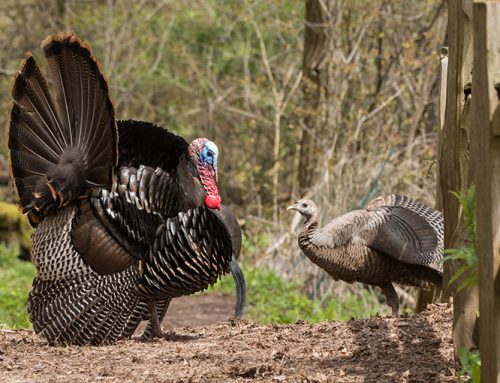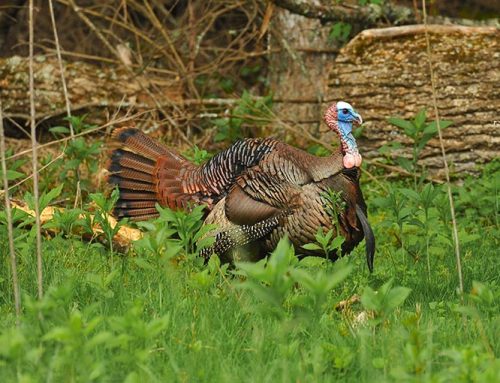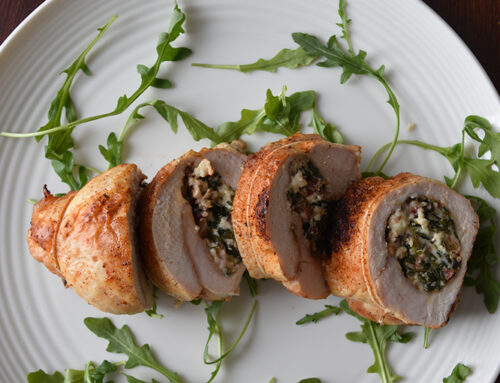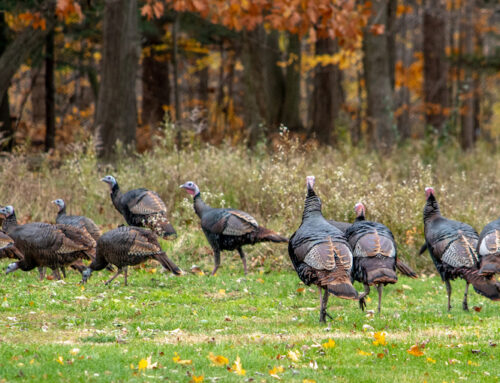 As winter’s claws seem to have finally withdrawn, we welcome the warmth of turkey season.
As winter’s claws seem to have finally withdrawn, we welcome the warmth of turkey season.
Last year in Ontario we saw harvest numbers dip, and that was partially affected by a severe winter with a significantly high total snowfall, and more importantly, snow accumulation. With the buds and blossoms slightly behind schedule once again, here are some things to keep in mind when spring turkey hunting in a late spring.
Breaking up is hard to do
One of the things a late spring will cause is a delay in turkey dispersal from their wintering flocks. This can frustrate those who begin to scout early, as they may not find birds in some of their prime hunting locales. When you do see turkeys in the weeks leading up to turkey season, it’s not uncommon to see them in large bunches.
Remember, this will all change as breeding ramps up, and hens will disperse to find suitable nesting spots, and in turn, toms will follow. But as a hunter, what you should take away from a late dispersal is this: The birds will still be sorting out the pecking order and vying for dominance. This will be accompanied by an increase in vocal activity from both males and females, so as a hunter this is a good time to chime into the conversation with some aggressive calling.
Infuriate that ol’ boss hen if you hear her… the cacophony of noise the two of you create will draw in male birds.
Such calling shouldn’t be directed solely to toms or jakes either. Infuriate that ol’ boss hen if you hear her and try and fire her up. There’s a chance the hen will bring a gobbler to you, or failing that, the cacophony of noise the two of you create will draw in male birds.
Know your gobbling cycle
Our turkey season’s dates are theoretically set to coincide with the second peak in the gobbling cycle and once the majority of hens have already started breeding. Of course you may see toms breeding with females in the final days of May, and there are two reasons for this: For one, jennys will start to breed later than older hens, and secondly, turkeys are great re-nesters and will lay another clutch or two if their initial nesting attempts are compromised.
But, with a late spring, there is a good chance that the hens won’t be as far along in the breeding process and so you shouldn’t expect toms to be so ‘henned up’ early on. I’ve always found in my area that birds seem to get pretty henned up by about May 5, and that birds are slightly less vocal and harder to call in in the following days. In a late spring, you can expect that trend to occur a little bit later, but this will vary region to region and will be affected by weather.
Camo accordingly
Although photoperiod drives breeding and nesting activity, cold and wet weather will slow this process. I’ve held off on wearing Realtree Xtra Green camo, bought exclusively for turkey hunting, for the first week or two of several of the past few seasons.
If the bush is still relatively colourless, use darker camo patterns that match the terrain. As the foliage begins to unfurl, add green accordingly. A big green blob will stand out in a drab forest just as much as a big brown one set in front a backdrop of greenery.






Leave A Comment